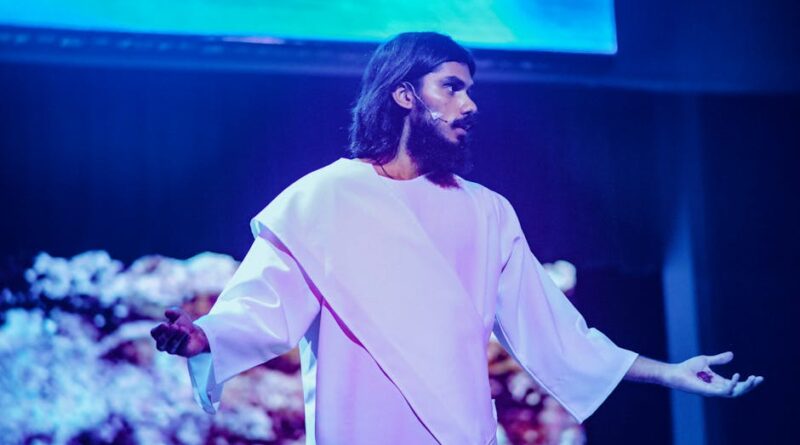The Role of Art in Spiritual Expression
Art has always been intertwined with spiritual expression, serving as a powerful medium through which individuals can explore and convey their deepest beliefs, emotions, and experiences. From ancient cave paintings to modern installations, art has played a pivotal role in connecting humans to the divine, the transcendent, and the mystical. In this article, we will delve into the multifaceted relationship between art and spirituality, uncovering the profound ways in which artistic creation can serve as a bridge between the material and the spiritual worlds.
The Origins of Art in Spiritual Expression
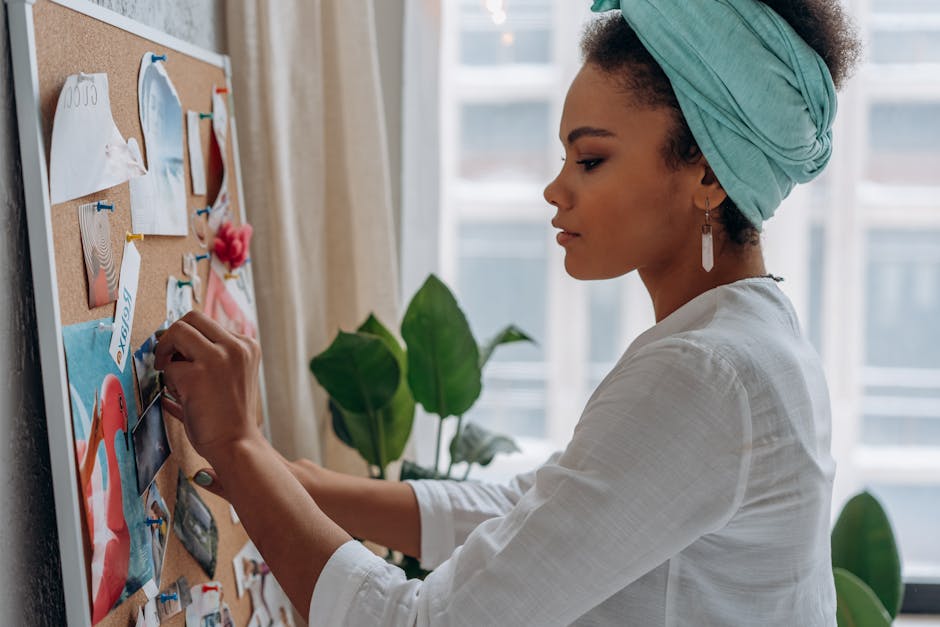
Since the dawn of humanity, art has been used as a tool for spiritual expression. The earliest known forms of artistic creation, such as prehistoric cave paintings and sculptures, were often linked to religious rituals and beliefs. These ancient artworks served as a means of communicating with the divine, invoking spiritual forces, and expressing reverence for the sacred.
One of the most famous examples of art in spiritual expression is the cave paintings at Lascaux in France, which date back over 17,000 years. These intricate paintings of animals, handprints, and abstract symbols are believed to have been created as part of shamanic rituals, where artists entered altered states of consciousness to connect with the spirit world. The art at Lascaux not only reflects the spiritual beliefs of the ancient people who created it but also serves as a powerful reminder of the enduring link between art and spirituality.
The Power of Symbolism in Art and Spirituality
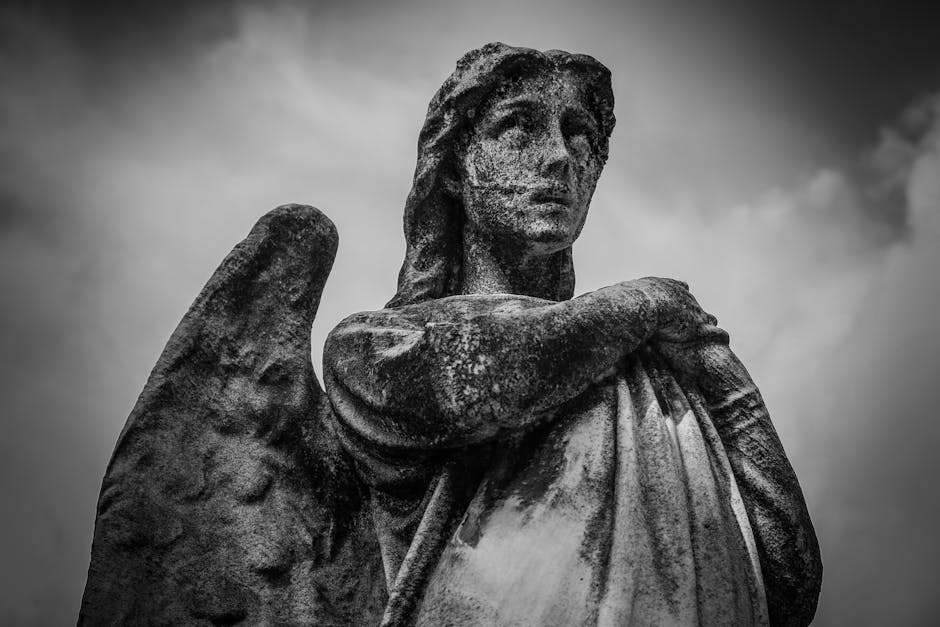
One of the key ways in which art facilitates spiritual expression is through the use of symbolism. Symbols have the ability to convey complex ideas, emotions, and experiences in a way that transcends language and culture. In many spiritual traditions, symbols play a central role in communicating profound truths and connecting individuals to the divine.
For example, in Christian art, the image of the cross is a powerful symbol of sacrifice, redemption, and salvation. The crucifixion of Jesus Christ is a central tenet of the Christian faith, and artists throughout history have used the symbol of the cross to convey the deep spiritual significance of this event. Through the use of symbolism, art has the power to evoke a sense of awe, wonder, and reverence in the viewer, inviting them to contemplate the mysteries of the divine.
The Role of Art in Ritual and Worship
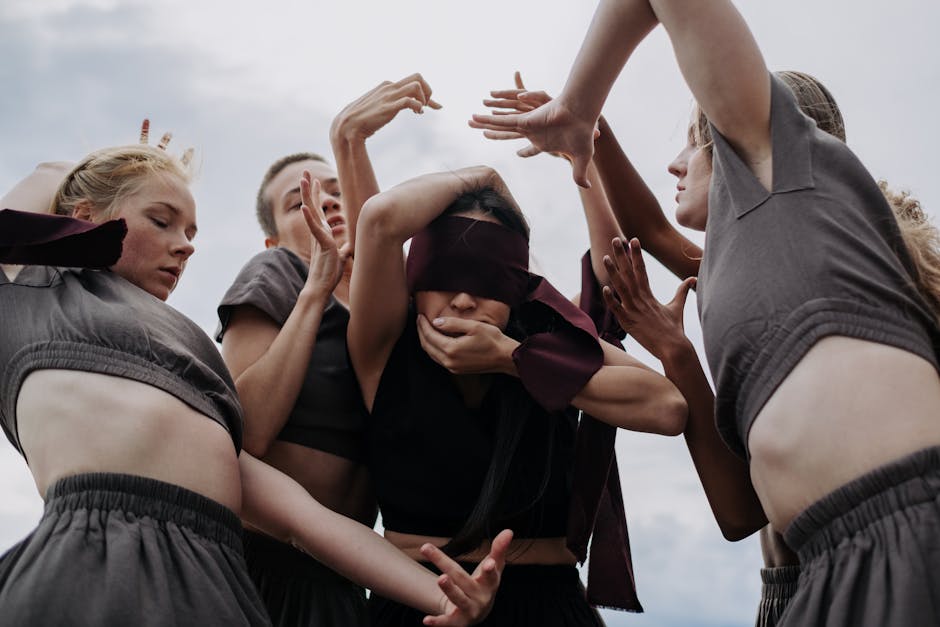
Art has long been an integral part of religious rituals and worship practices. In many cultures, art is used to adorn sacred spaces, such as temples, churches, and mosques, creating a visual environment that inspires devotion and reverence. Religious art, including paintings, sculptures, and decorative objects, serves as a focal point for prayer, meditation, and contemplation, helping individuals connect with the divine on a deeper level.
One of the most iconic examples of art in ritual and worship is the Islamic art of calligraphy. In Islam, the written word is considered sacred, and calligraphy is used to decorate mosques, manuscripts, and other religious objects. The intricate designs and flowing script of Islamic calligraphy not only serve a decorative purpose but also convey the beauty and power of the Quranic verses they represent. Through the art of calligraphy, Muslims are able to experience the divine presence in a tangible and visual form.
Art as a Tool for Spiritual Exploration and Transformation
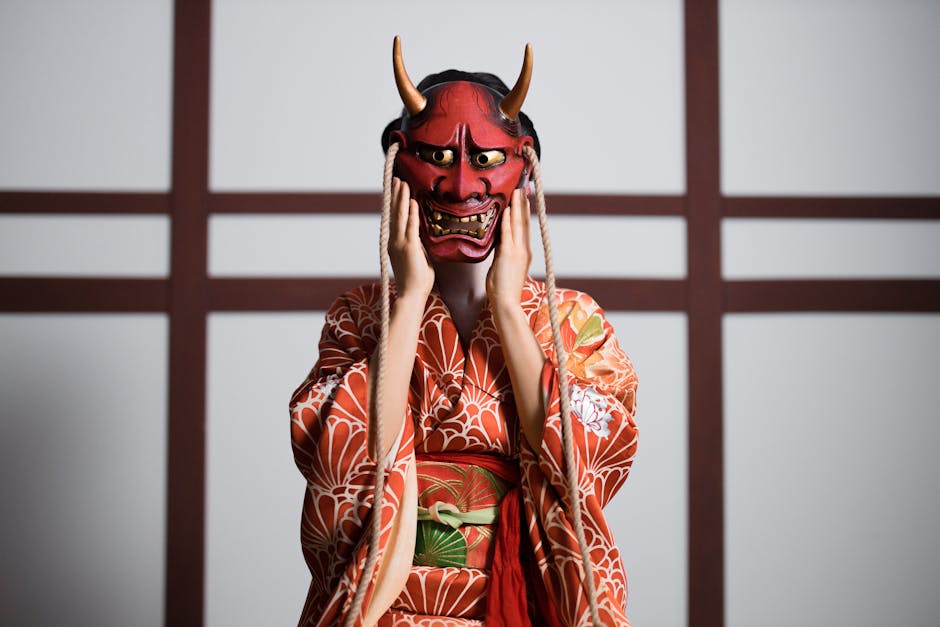
Art has the unique ability to facilitate spiritual exploration and transformation, allowing individuals to delve into the depths of their own consciousness and connect with the divine within. Through artistic creation, individuals can tap into their innermost thoughts, feelings, and beliefs, expressing them in a tangible and visible form. This process of self-expression can be deeply cathartic and healing, enabling individuals to confront their fears, doubts, and insecurities in a safe and creative space.
One of the ways in which art can be used for spiritual exploration is through the practice of mandala creation. Mandalas are intricate geometric designs that are used in many spiritual traditions as a tool for meditation and self-reflection. By creating or contemplating a mandala, individuals can enter a state of focused awareness, quieting the mind and connecting with their innermost selves. Mandalas can serve as a visual representation of the unity and interconnectedness of all things, helping individuals experience a sense of wholeness and harmony.
Art Therapy: Healing Through Creative Expression
Art therapy is a form of psychotherapy that uses artistic expression as a means of healing and self-discovery. Through the process of creating art, individuals can explore their thoughts, emotions, and experiences in a non-verbal and intuitive way. Art therapy can be particularly effective for individuals who have difficulty expressing themselves verbally or who have experienced trauma or emotional distress.
One of the key benefits of art therapy is its ability to tap into the unconscious mind, allowing individuals to access and process deep-seated emotions and memories. Through the act of creating art, individuals can externalize their inner struggles and conflicts, gaining insight and perspective on their inner world. Art therapy can also help individuals develop coping skills, improve self-esteem, and enhance their overall well-being.
The Intersection of Art, Spirituality, and Social Justice
Art has the power to not only express spiritual beliefs and experiences but also to inspire social change and activism. Throughout history, artists have used their creative talents to shed light on social injustices, challenge oppressive systems, and advocate for a more just and compassionate world. By combining art with spirituality, artists can create works that not only uplift the spirit but also provoke reflection and action on pressing social issues.
One notable example of art as a tool for social justice is the work of the Mexican muralist Diego Rivera. Rivera’s murals, such as the famous “Man at the Crossroads” at the Rockefeller Center in New York City, are powerful statements on the struggles of the working class and the need for social revolution. Through his art, Rivera sought to elevate the voices of the marginalized and oppressed, using his creative talents to advocate for a more equitable and inclusive society.
Common Misconceptions About Art and Spiritual Expression
There are several common misconceptions about the role of art in spiritual expression. One of the most prevalent misconceptions is that art is only relevant to individuals who are religious or have a strong spiritual belief. In reality, art can be a source of inspiration, comfort, and meaning for individuals of all backgrounds and beliefs. Whether creating art for personal expression, therapeutic purposes, or social commentary, anyone can benefit from the transformative power of artistic creation.
Another common misconception is that art and spirituality are separate and distinct realms that do not intersect. In truth, art has long been used as a means of exploring and expressing spiritual beliefs and experiences. The relationship between art and spirituality is complex and multifaceted, encompassing a wide range of beliefs, practices, and traditions. By recognizing the interconnectedness of art and spirituality, individuals can tap into the transformative potential of creative expression.
Conclusion: The Enduring Power of Art in Spiritual Expression
Art has the remarkable ability to transcend boundaries, bridge divides, and connect individuals to the divine. Whether through the creation of sacred objects, the practice of meditation, or the exploration of inner landscapes, art has the power to inspire, uplift, and transform. By recognizing the role of art in spiritual expression, we can tap into the profound wisdom and beauty that lies at the intersection of the material and the spiritual worlds.
As we journey through life, let us embrace the transformative potential of artistic creation, using it as a means of connecting with our innermost selves and the world around us. Through art, we can explore the depths of our spiritual beliefs, express our deepest emotions, and forge connections with others in a shared quest for meaning and purpose. In the end, it is through the creative act of making art that we can truly experience the transcendent power of the human spirit.

